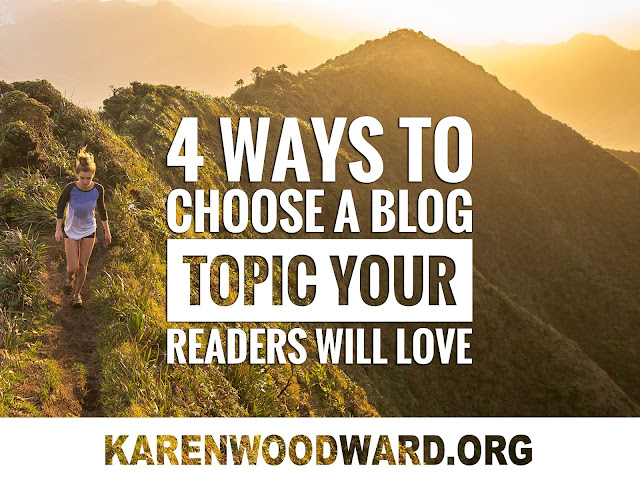All stories need to draw from universal themes. For example:
- One person LOVES another but the love is not reciprocated.
- One person HATES another because he killed someone she loved.
- One person is dying but there is one slim HOPE they’ll get a reprieve.
- The thing you FEAR the most happens.
The problem: for a story to be interesting it must be unique. After all, if you know exactly what’s going to happen at every turn it’s not fun.
The secret: Infuse your story with your experience. This is what binds the universal to the particular and lends it verisimilitude.
Life experience marries the universal with the unique.
It seems like a contradiction in terms, doesn’t it? If something is universal then—by definition—it can’t be unique!
That’s the beauty of using one’s own life experiences. Like you, I’ve experienced heartbreak and elation. I’ve gone through initiations (of sorts), won and lost friends. Someone I was close to died. My experience of each of these things is PARTICULAR. It’s embedded in a particular place and time, a particular culture, a particular set of desires, of strengths and weaknesses.
Of course we can’t just write out our life experiences and plop them into novels, but we CAN (in a sense) channel that experience as we write particular characters, particular scenes.
If I use my own experiences, do I need to base my characters on real people?
Including your friends and neighbors in your fiction can end relationships! My advice would be to go ahead and use your own experience, mine your memories, but change the characters enough that no one but you knows who they’re based on.
Even if you’re not concerned about your loved ones lynching you, basing a character too closely on a real person can be confining.
After all, you don’t want to be constrained by what the living, breathing, infinitely-complex-person would or wouldn’t do in a certain situation. For example, if your character decides to have an affair then it’s best if she doesn’t closely resemble anyone you know!
An Example
Let’s say there’s a person in real life, one of your ex's, that you want to put in your book. Let’s say he was a doctor who owned his own clinic, that he was evangelistically vegan and that you walked in on him and your neighbor getting to know each other in the biblical sense.
Let’s also say you don’t want it to be obvious that you’ve based one of your characters on your ex. Here are some questions you could ask yourself:
- What profession could my character have that would keep intact those characteristics I care about and let everything else go? In my example, I’d want to keep him out and at work for the same amount of time and I would want the character to have some sort of dietary restriction. For instance, he could be a stock trader and allergic to gluten.
- What one characteristic of his drove you nuts?
- What one characteristic of his did you love?
- What did he want most in the world?
- What was his biggest flaw?
- What was his greatest strength and greatest weakness?
- Did you trust him? How’d that work out?
- What role did your respective friends and families play in the relationship?
These are the sort of things, the sort of ingredients, you can put in a story.
Another Example
In one of my stories I modeled my antagonist after my mother! Also, in that same story, I put bits and parts of myself into the protagonist.
I loved my mother, but we had our battles. I gave the antagonist my mother’s eyes and the same way of moving her hands when she spoke as well as the same vocal rhythm. (At least, in my head. I’m not sure that was communicated to the page.) But, physically, that was all I used. As it turned out, that was all I needed to immerse myself in the scene and write with passion.
In any case, my point is that since my relationship with my mother was unique and I saw her in a way no one else did, I felt safe transferring these traits to my character without fear of them being recognized.
Every post I pick something I love and recommend it. This serves two purposes. I want to share what I’ve loved with you, and, if you click the link and buy anything over at Amazon within the next 24 hours, Amazon puts a few cents in my tip jar at no cost to you. So, if you click the link, thank you! If not, that’s okay too. I’m thrilled and honored you’ve visited my blog and read my post.
Today I'm recommending: Writing Tools: 55 Essential Strategies for Every Writer, by Roy Peter Clark. This book sits on my reference shelf and it has made writing easier.
From the blurb: “Ten years ago, Roy Peter Clark, America's most influential writing teacher, whittled down almost thirty years of experience in journalism, writing, and teaching into a series of fifty short essays on different aspects of writing.”
That’s it! If you have tips and tricks for using your personal experiences in writing, please share.
I’ll talk to you again on Friday. Till then, good writing!





